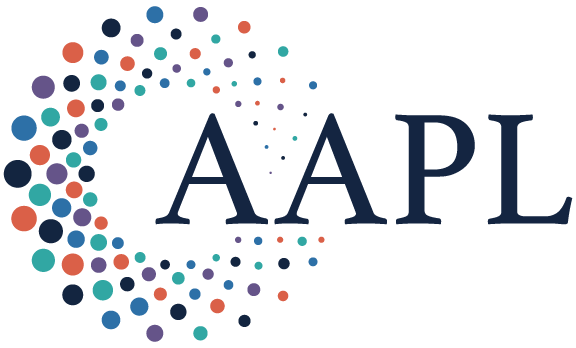Summary:
What are practical ways to help managers build a liberated company that allows employees responsibility to take actions that they decide are best for the company’s vision.
These practical ways help you build a liberated company that allows employees responsibility to take actions that they — not the managers — decide are best for the company’s vision.
As a manager, control can be comforting: Setting targets, monitoring adherence to procedures, directing and shaping the future of the business. Control feels essential — especially if you are the boss. Except it turns out that far from being vital, top-down control carries serious costs.
Luckily, there is an alternative.
We call it “corporate liberation.” A liberated company allows employees complete responsibility to take actions that they — not their managers — decide are best for their company’s vision.
Here are practical steps to build a freedom-based workplace in your own company right now.
Lose your ego: Your employees won’t believe you trust their intelligence if you are always the one with the “best solution.”
Share the company’s vision: A shared vision is fundamental since it provides a common criterion for the teams to make their decisions. Qualified people don’t need to be told how to do their jobs, but they need to know why they’re doing what they’re doing.
Create a respect tide: A respect tide is the climate in which most leaders show through their actions that they respect and trust employees. It requires managers to remove the obstacles preventing their teams from doing their best.
Ask your team what’s in their way: If any structural element is limiting your employees’ growth or hampering their self-direction, ask your team to redesign it.
Become the guardian of the liberated team: When teams make more decisions on their own, fewer remain for all levels of managers. Managers who accept this will be busy serving their teams while abstaining from using their formal authority.
Copyright 2018 Harvard Business School Publishing Corp. Distributed by The New York Times Syndicate.
Topics
Quality Improvement
Conflict Management
Environmental Influences
Related
A Smarter Way to DisagreeCoaching by Doctors for Doctors Life’s Lessons From the Baseball DiamondRecommended Reading
Problem Solving
A Smarter Way to Disagree
Problem Solving
Coaching by Doctors for Doctors
Strategy and Innovation
Life’s Lessons From the Baseball Diamond
Strategy and Innovation
The Power of Metaphors When Introducing Change Initiatives
Quality and Risk
What the Air You Breathe May Be Doing to Your Brain


